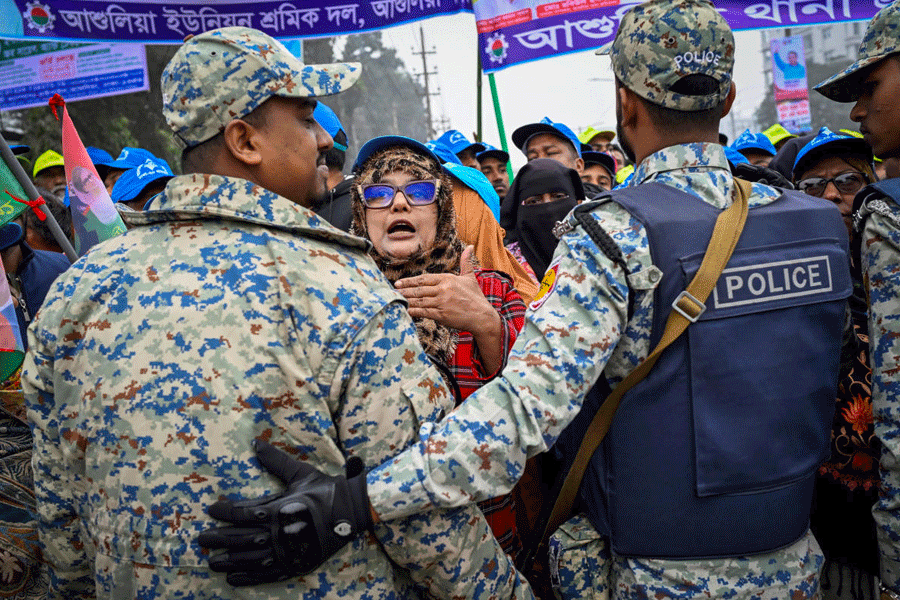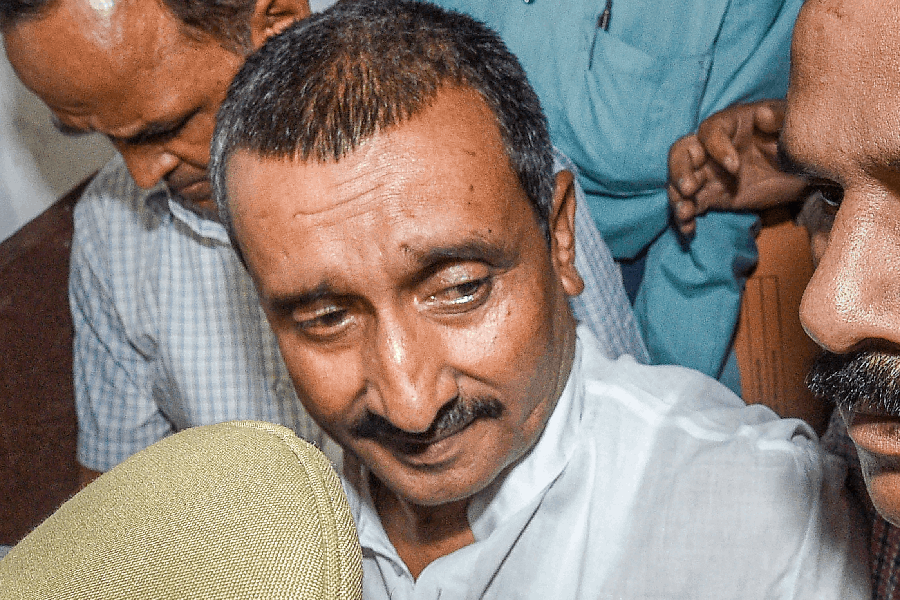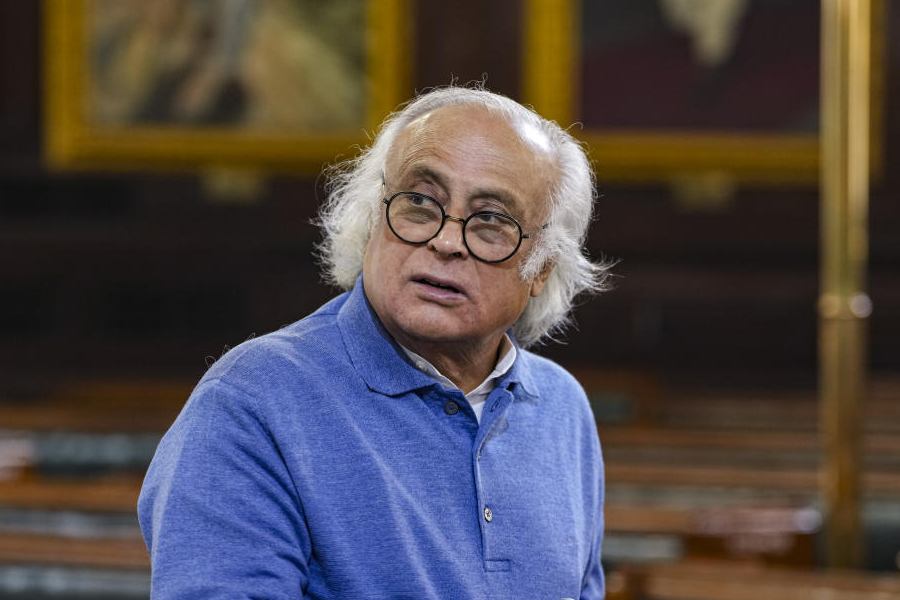New Delhi, May 2: The Indian Navy got its first glimpse of a new submarine sailing on its own steam in 16 years over the weekend but the shadow of the VVIP chopper deal threatens to leave it toothless.
The submarine - the Kalvari - is yet to be commissioned. But it sailed out of Mumbai's Mazgaon Docks for sea trials nearly four years after it was originally slated to do so. The navy is hoping that the first of six French Scorpene submarines being built in Mumbai will be ready for commissioning in about five months.
But such is the dependence of the Indian armed forces on foreign companies such as Finmeccanica and its subsidiary AgustaWestland that despite delays of several years in commissioning projects, the submarines and ships finally join the fleet without the essential weaponry.
Such a fate threatens to befall the Kalvari-class submarines just as it fell on the project 15A Kolkata-class warships and the P28 Kamorta-class anti submarine platforms.
The Kalvari-class is designed to be armed with Black Shark torpedoes made by WASS, another Finmeccanica subsidiary. Each of the submarines is designed to be armed with 16 torpedoes. The navy had also planned a lifetime stocking of the torpedoes. But since the controversy over the AgustaWestland VVIP choppers broke in 2013, the Centre has been unable to conclude contracts for the torpedoes.
Even now, with the Congress and the BJP trading charges over blacklisting or not-blacklisting Finmeccanica, the uncertainty on procuring the weapons continues.
Indeed, the uncertainty threatens not only the Kalvari class of submarines. In the navy alone, Finmeccanica and its subsidiary companies are suppliers for platforms in all three dimensions - under-sea, surface and air.
The mainstay of the warships' aviation fleet for surveillance - the Seaking helicopters - are from the Agusta stable. The navy is dependent on Agusta for supplies and maintenance. The number of Seaking helicopters has whittled down over the years largely because of obsolescence. It is now close to the single-digit mark.
Future naval platforms - destroyers of the 15B (Visakhapatnam-class) - are designed to be armed with the 127mm Otomelara main gun. The gun will arm not only the warships - 42 being built in Indian shipyards currently - but also have to be inducted into the navy's training schools. Otomelara is a Finmeccanica firm.
The navy was also in talks to induct short-range surface-to-air missiles for the P28 Kamorta class from European consortium MBDA. Finmeccanica has a stake in the consortium.
Also planned were torpedo countermeasure suites through a joint programme of defence public sector Bharat Dynamics and Finmeccanica, combat management systems through another collaborative venture between Bharat Electronics and Finmeccanica. A Finmeccanica firm also makes radars and avionics that the navy wanted for its Seaking and Ka-28 helicopters.
All of this is now hanging by a fine balance. Banning Finmeccanica from doing business in India over bribery charges has become for the establishment a tough choice. The last dispensation, under A.K. Antony, was at first eager to blacklist, but then took stock of the Italian conglomerate's entrenchment in the Indian armed forces, and had second thoughts.
The current dispensation under Manohar Parrikar is going through a similar exercise as the debate rages in Parliament.










